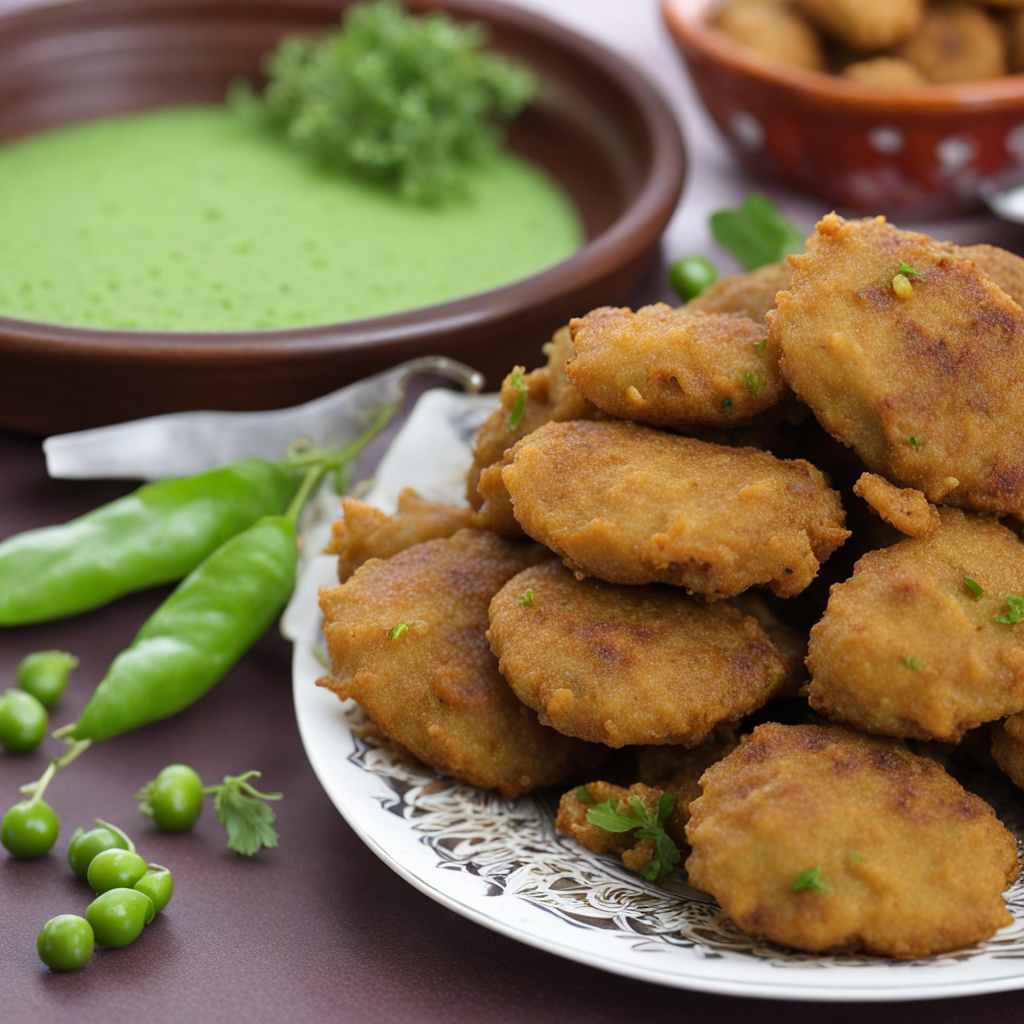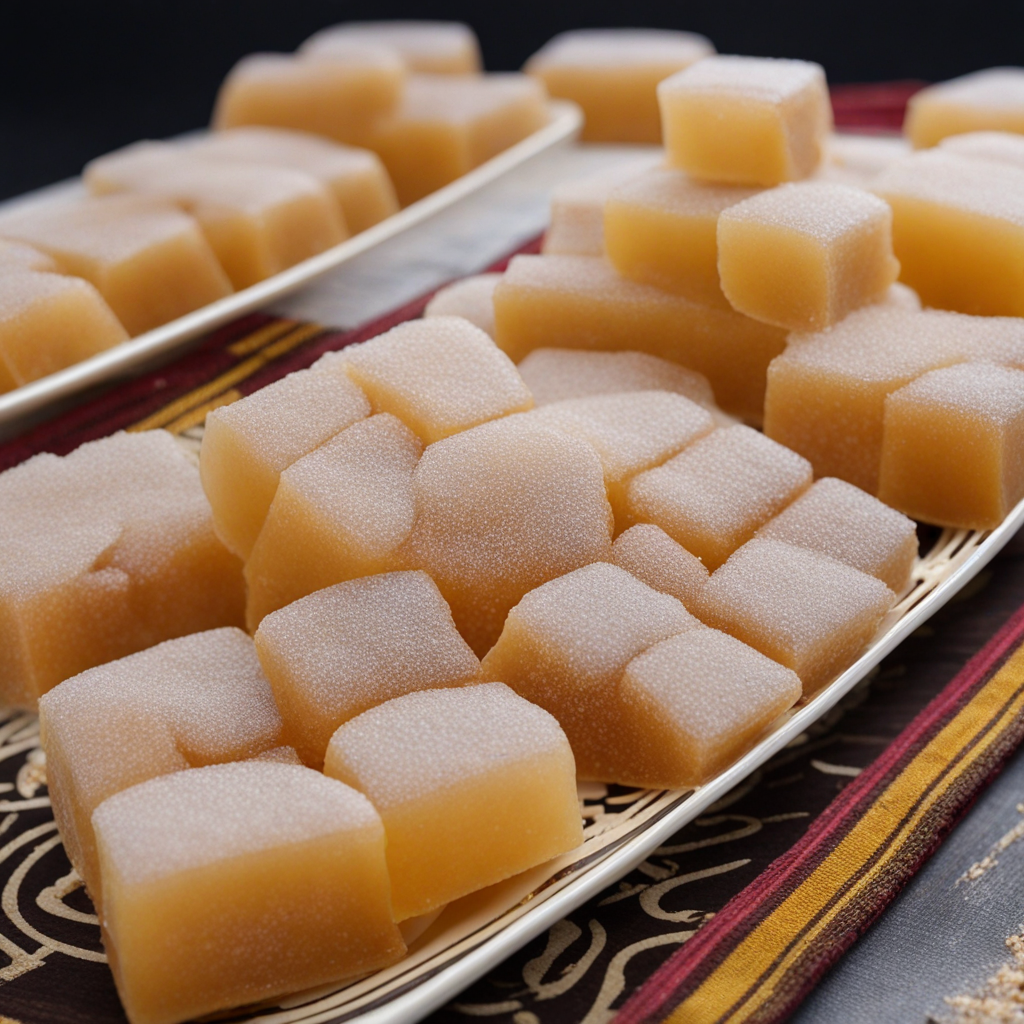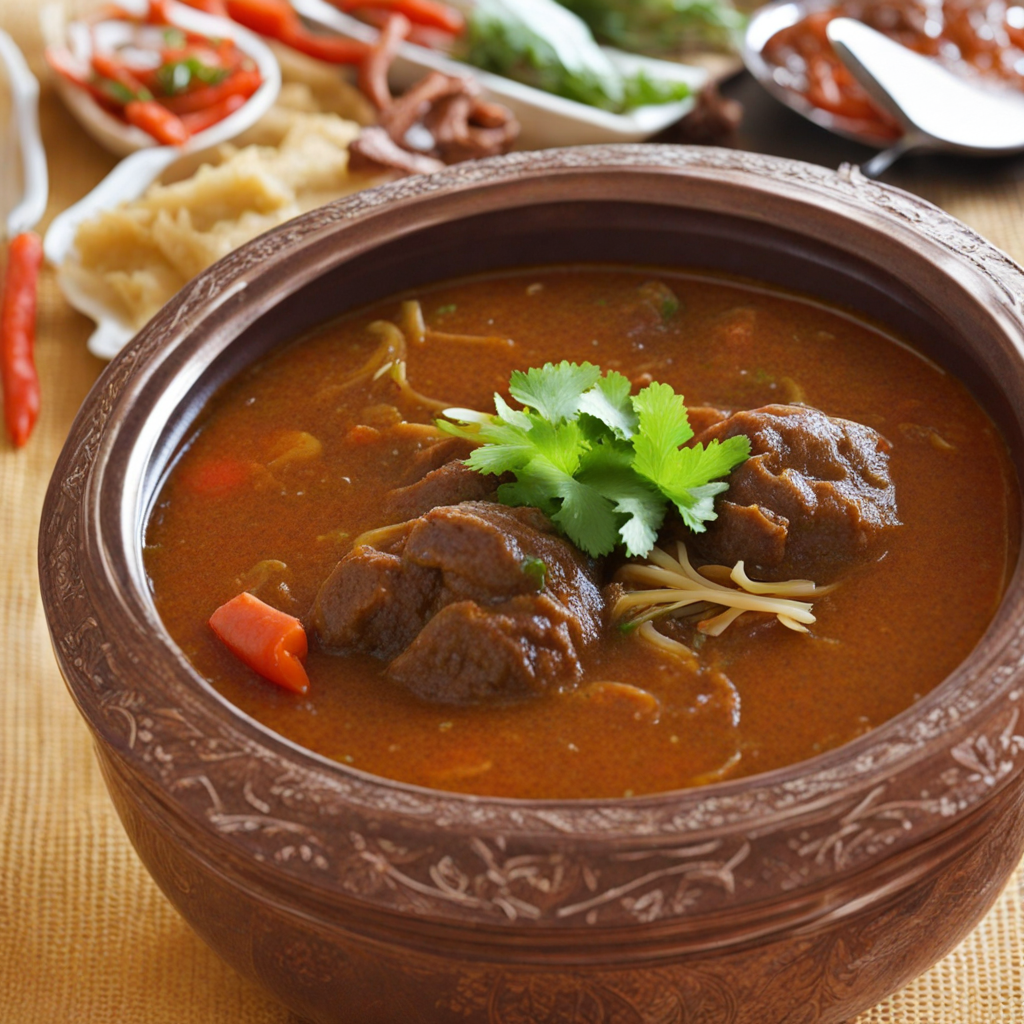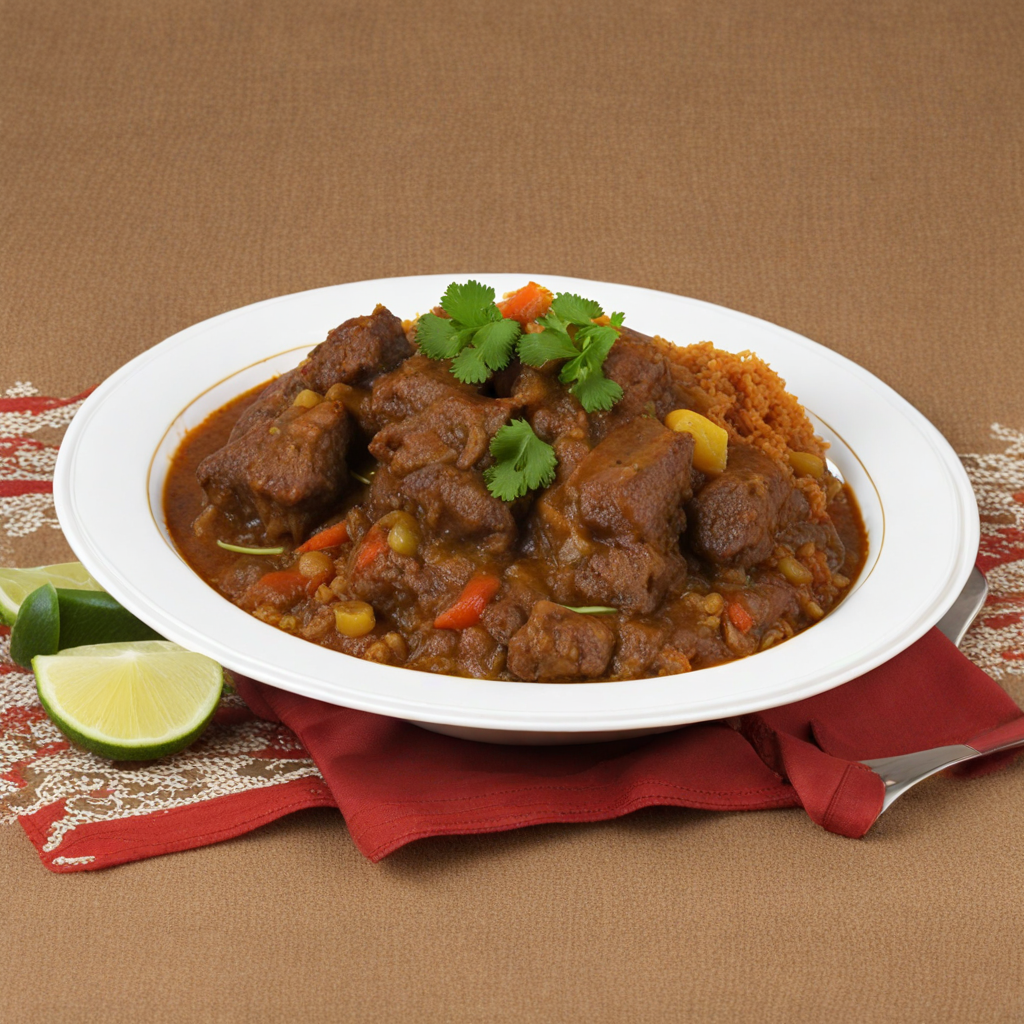Bajiya
Bajiya is a delightful and savory snack from Djibouti, showcasing the rich culinary heritage of the region. These golden, crisp fritters are typically made from a blend of chickpea flour, spices, and fresh vegetables, creating a satisfying crunch with every bite. The dough is often seasoned with traditional spices like cumin, coriander, and chili, offering a warm, aromatic flavor profile that tantalizes the palate. The addition of finely chopped onions and green chilies enhances the texture and adds a subtle heat, making Bajiya a perfect accompaniment to a refreshing beverage or as a standalone snack. The preparation of Bajiya involves mixing the chickpea flour with water to create a thick batter, which is then molded into small rounds and deep-fried until they achieve a beautiful golden-brown hue. The frying process not only gives Bajiya its signature crispness but also locks in the flavors of the spices and vegetables, resulting in a deliciously satisfying treat. The exterior is crunchy, while the inside remains soft and flavorful, making it a popular choice among locals and visitors alike. Bajiya is often served with a tangy dipping sauce, which can range from a simple chili sauce to a more complex yogurt-based dip infused with herbs. This balance of flavors adds an extra layer of enjoyment to the dish, as the zesty dip complements the rich, savory notes of the fritters. Whether enjoyed as a street food delight or at a family gathering, Bajiya embodies the essence of Djiboutian cuisine—a fusion of spices, textures, and cultural influences that invites food lovers to explore a unique and satisfying taste experience.
How It Became This Dish
The History of Bajia: A Culinary Gem of Djibouti #### Origins Bajia, a beloved dish from Djibouti, is a deep-fried delicacy that embodies the rich tapestry of the region's culinary heritage. Its origins can be traced back to the convergence of various cultures and peoples that have inhabited the Horn of Africa for centuries. Djibouti's strategic location along the Red Sea and the Gulf of Aden has made it a melting pot of influences, where Somali, Arab, French, and Ethiopian cultures intersect. This fusion is reflected in the local cuisine, where ingredients and cooking techniques from diverse backgrounds coalesce to create unique flavors and dishes. The word "bajia" itself is believed to be derived from the Arabic word "bajiyat," which refers to fritters. The common thread linking these culinary traditions is the use of chickpea flour, spices, and sometimes vegetables, which are staples in many Middle Eastern and African cuisines. In Djibouti, bajia is primarily made from a base of chickpea flour, seasoned with a mix of spices, and often includes finely chopped onions, green chilies, and herbs, such as coriander or parsley. This combination of flavors is crucial to the dish's identity, reflecting both the local palette and the historical influences that have shaped it. #### Cultural Significance Bajia holds a special place in the hearts and kitchens of the Djiboutian people. It is more than just a dish; it is a symbol of hospitality and community. Traditionally, bajia is served during gatherings, celebrations, and family events, making it a staple at weddings, religious festivals, and communal feasts. Its preparation often involves family collaboration, with members coming together to mix the batter, shape the fritters, and fry them in large batches. This communal aspect of cooking reinforces social bonds and highlights the importance of food as a means of connection in Djiboutian society. In addition to its role in celebrations, bajia is also a street food favorite, enjoyed by locals and visitors alike. Street vendors can be found serving freshly fried bajia at bustling markets and busy intersections, providing a quick and delicious snack that reflects the vibrant street food culture of Djibouti. The crispy exterior, combined with a soft, flavorful interior, makes bajia an irresistible treat, often accompanied by spicy sauces or chutneys that enhance its taste. The accessibility of bajia as both a home-cooked dish and a street food staple emphasizes its versatility and widespread appeal. #### Development Over Time As Djibouti has evolved, so too has the dish of bajia. The late 19th and early 20th centuries saw significant changes in the region due to colonialism and globalization. The French colonization of Djibouti brought new ingredients, culinary techniques, and influences from Europe. While bajia remained true to its roots, the incorporation of additional spices and cooking methods can be traced back to this period of cultural exchange. The rise of urbanization and migration within Djibouti has also played a role in the evolution of bajia. As people from rural areas moved to urban centers in search of better opportunities, the food culture adapted. Traditional recipes began to incorporate locally available ingredients, and street vendors started experimenting with variations of the classic dish, introducing new flavors and styles. For instance, some vendors now offer bajia stuffed with potatoes, vegetables, or even cheese, appealing to a wider array of tastes and preferences. In contemporary Djibouti, bajia has gained a place on the international stage, thanks in part to the growing interest in East African cuisine. Food enthusiasts, chefs, and travelers are increasingly highlighting the flavors of the Horn of Africa, leading to a renewed appreciation for traditional dishes like bajia. Food festivals and culinary events have introduced Djiboutian cuisine to a global audience, showcasing the intricate flavors and cultural significance behind each dish. #### Bajia and Globalization In the era of globalization, the culinary world has become increasingly interconnected. The rise of social media and food blogs has allowed people to share their culinary experiences and recipes from around the world, including those of Djibouti. Bajia has found its way onto various culinary platforms, where it is celebrated for its simplicity, flavor, and cultural relevance. The dish serves as a bridge between cultures, inviting people from diverse backgrounds to experience the unique flavors of Djibouti. Furthermore, the diaspora of Djiboutians around the world has contributed to the spread of bajia beyond its geographic borders. Djiboutian communities in countries such as the United States, France, and Canada have embraced their culinary heritage, introducing bajia to new audiences. In these communities, bajia is often prepared during cultural events and gatherings, ensuring that the flavors of home remain alive for future generations. #### Conclusion The story of bajia is a testament to the resilience and adaptability of food traditions in the face of changing circumstances. From its humble origins rooted in the culinary practices of the Horn of Africa to its role as a symbol of community and celebration, bajia has evolved while remaining true to its core identity. Its journey reflects the broader narrative of Djibouti, a nation shaped by the interplay of diverse cultures, histories, and experiences. As Djibouti continues to navigate the complexities of modernity, bajia stands as a culinary heritage that connects the past with the present, reminding us of the importance of food in fostering community, identity, and continuity. Whether enjoyed at a family gathering, from a bustling street vendor, or as part of a global culinary movement, bajia remains a beloved dish that encapsulates the spirit of Djibouti and its people.
You may like
Discover local flavors from Djibouti







